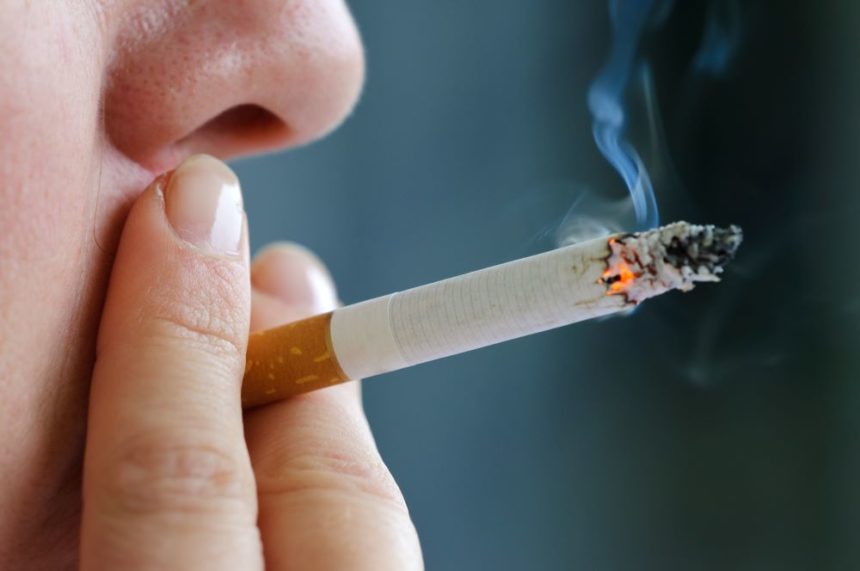After decades of making misleading ads for cigarettes, the tobacco industry’s court-ordered campaigns to correct the record about smoking risks have fallen short, according to a study published on Friday.
Researchers analyzed the reach of the court-ordered campaigns for the general population and at-risk groups like young adults and smokers. About 40% of the general population and 50% of smokers reported seeing the ads.
These campaigns began running on primetime TV and in major newspapers in November 2017 after years of court battles between the tobacco industry and the federal government. The mass media campaigns have ended, but the court-ordered campaigns continue on cigarette packages and tobacco company websites. The industry was ordered to pay for the ads because of the deceptive campaigns run by tobacco companies in the past.
Researchers compared the corrective campaigns’ reach to similar federal- and state-funded anti-smoking advertising pushes, specifically efforts from the Centers for Disease Control and Prevention and state health agencies in California and Massachusetts. The federal and state campaigns saw exposure rates of 80%, 88% and 69.5% among smokers, significantly higher than the court-ordered campaign.
Among at-risk groups like young adults, low-income and less educated adults, the court-ordered campaigns performed even worse. For each of those groups, only about a third reported exposure to the court-ordered ads.
Thirty-seven percent of people between ages 18 and 34, 37% of low-income individuals and 34% of those with a high school education or less reported seeing the ads, compared to 40% of the general population. Researchers noted that these were the same audiences often targeted by the tobacco industry’s cigarette ads.
The study, published in JAMA, surveyed a nationally representative group of 3,484 U.S. adults, 15% of whom are smokers.
The researchers also looked into which campaign messages people were exposed to. The largest portion reported seeing multiple messages from the ads. The second-highest message was information about the health effects of smoking, followed by the health effects of secondhand smoke.
The court-ordered campaigns were directed to issue corrective statements about five areas: the negative health effects of smoking; the addictiveness of nicotine; that low-tar and light cigarettes had the same health risks; how cigarette design boosted nicotine delivery; and the health risks of secondhand smoke.
The study’s authors suggested that these findings could inform how the courts evaluate corrective campaigns. They also noted that the lack of exposure to the youngest age group, 18 to 34, could have been fixed if the campaign were required to run on youth-oriented platforms like social media.







